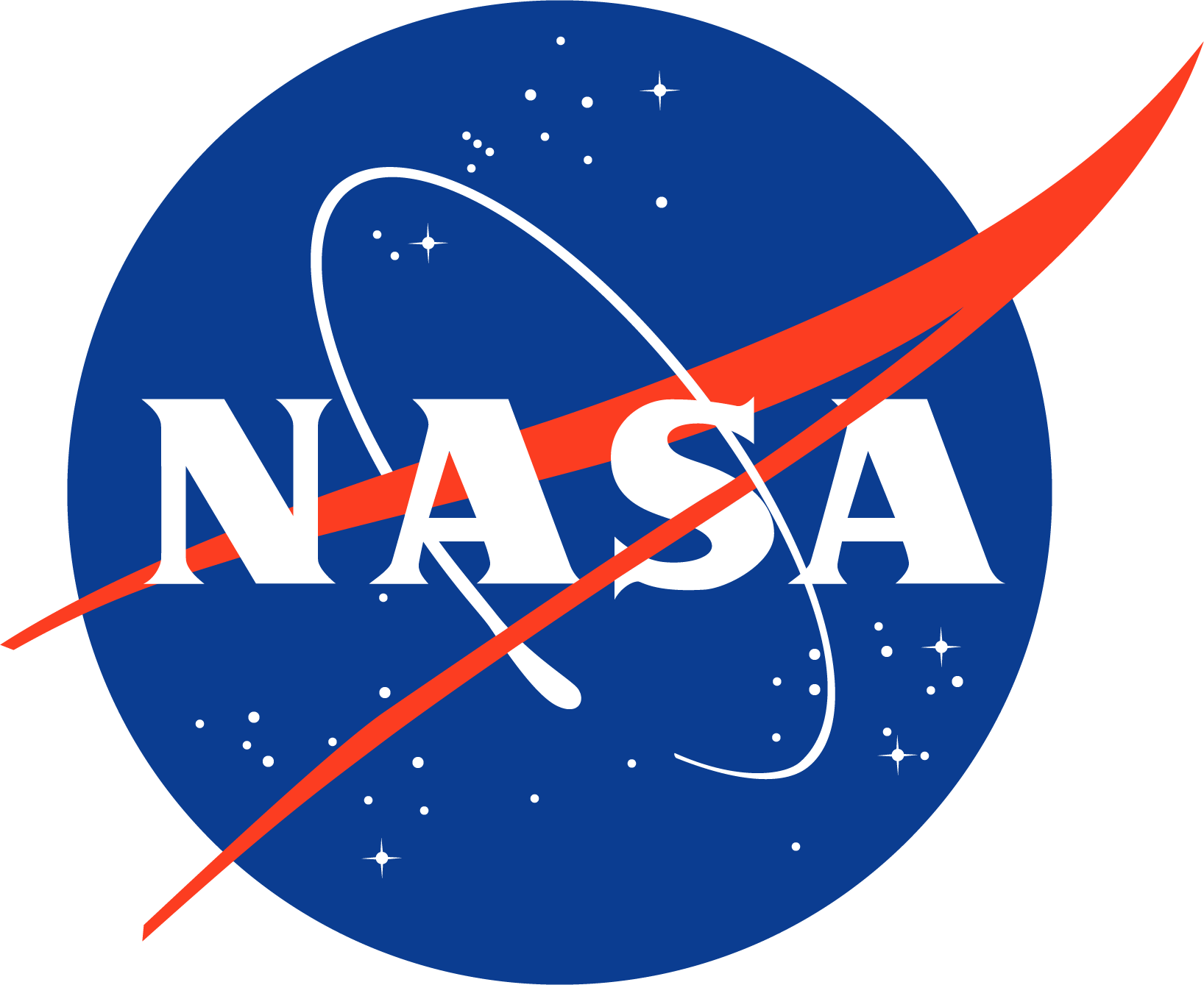Prior to coming to NASA Goddard, I spent many years at the University of Oklahoma (OU) in Norman, Oklahoma. Between 2007 and 2018, I accumulated three degrees (B.S., M.S., PhD) in meteorology and countless experiences. During my time at the National Weather Center, I worked on several research projects with individuals from both the operational and research severe storms community (e.g., SPC, NSSL, CIMMS). By doing so, I aimed to acquire unique experiences that could allow me to work across the different communities of the meteorology enterprise. Meanwhile, I also taught and mentored many students at the college and high-school level to refine my own knowledge and understanding.
My work interests are often motivated by the applicability of the project. While at OU, I developed with other students and operational meteorologists an open-source sounding analysis code called SHARPpy. This code is currently used internationally by research and operational meteorologists alike. Due to its broad applicability, I have focused on planetary boundary layer (PBL) research. This focus has enabled me to learned a lot about PBL modeling and observational techniques (e.g., ground-based remote sensors and retrievals). Along these lines, my dissertation focused on understanding the processes behind and implications of the rapid increases in PBL moisture that can be found occuring around sunset in Oklahoma. As moisture is a key ingredient for severe weather, my motivation for this project was to help us better understand why storms tend to intensify around sunset.
Now as a NASA Postdoctoral Program Postdoctoral Fellow, my overarching goal is to help NASA Goddard begin to meet the PBL objectives set forth by the 2017 Decadal Survey using instrument suites such as SMARTLabs. Having worked with the academic, NOAA, and DoE/ARM communities in the past, I am excited to broaden my experiences and learn more about NASA. Currently, I am collaborating with people at Wallops Flight Facility to help find ways to enhance both NASA range and science objectives with ground-based instrumentation and UAS/UAVs. Research-wise, I am using this opportunity to expand into new PBL-relevant areas, including air quality, coastal meteorology, and the improvement of launch operations.
